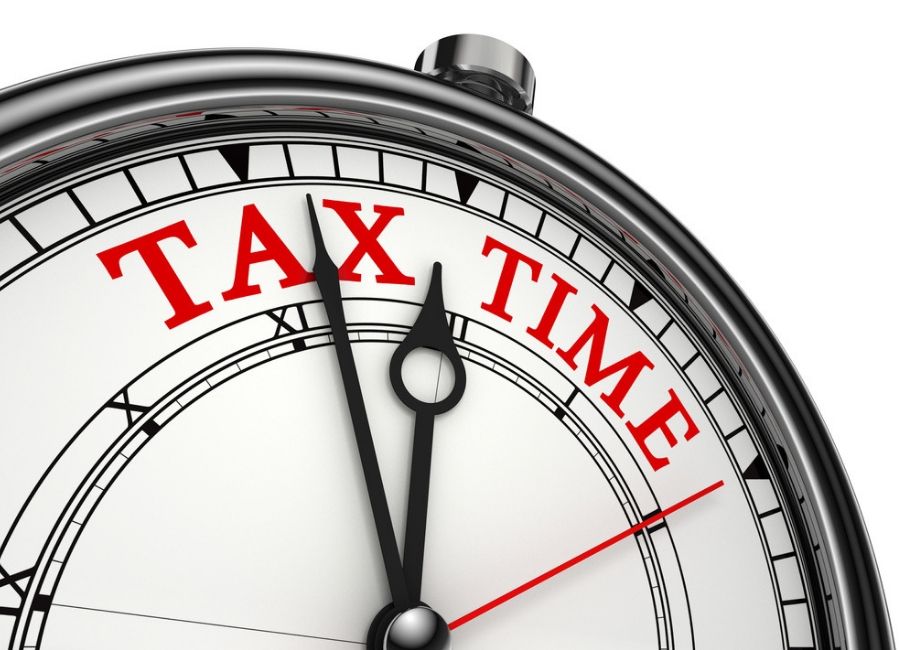Welcome back to the CGS Tax Series! We are quickly working our way through the normal person’s tax return, and sharing all of the insights along the way. Today, our focus will be on Schedule D and Schedule E, and the income that comes with it. At this stage in life, filing a schedule D or E isn’t very common, but it’s important to understand what they are and what you need to report.
Schedule D
The Schedule D is what most people use to report any capital asset gains from the sale, trade, or transfer of certain personal property during the tax year. The property includes (but is not limited to) homes, cars, artwork and collectibles. The Schedule D also includes the gain or loss from investments (stocks, bonds, etc.) that were held for personal use. Whenever you sell an asset held for personal use at a gain, the gain needs to be calculated and reported. According to TurboTax, “Capital assets held for personal use that are sold at a loss generally do not need to be reported on your taxes and the loss is generally not deductible.”
The Schedule D is also used to report short and long-term gains and losses. Any asset held for less than one year is considered a short-term asset. For example, if you purchased 100 shares of a stock on January 1, 2015 and sold 100 shares on September 1, 2015, that would be considered a short-term asset, and would need to be reported on the Schedule D. Often times, gains on short-term assets are taxed at your current tax rate. Long-term assets are generally taxed at a lower tax rate, however it all depends on your current tax bracket.
When reporting a capital asset sale transaction, a Form 8949 is typically required prior to filling out the Schedule D. If you are reporting stock transactions, the Form 8949 will require you include information on the company the stock was from, the date you acquired and sold the stock, the purchase price and the sale price. This information will need to be provided on each asset sold or traded. Once the Form 8949 is complete, the total gain or loss number will be recorded on the Schedule D. A person can avoid filling out a Form 8949 if they have an equivalent statement, or they have a 1099-B which shoes the cost-basis was already filed with the IRS.
Schedule E
If you earn rental income on a home or building you own, receive royalties, or have income reported on a Schedule K-1 from a partnership or S corporation, then a Schedule E is required to be filed. If you are renting out a home or business to tenants (as well as renting out a room in your home for income), you must report the amount of income received from such activities. Rental income is not considered self-employed income, unless you provide additional services to your tenants. In that case, you may be required to file a Schedule C, rather than E.
When you earn income from a partnership or S corporation, you must report your share of that income on the Schedule E. In most cases, the type of business the company engages in is irrelevant to how your file. You should receive a Schedule K-1 from the partnership or corporation that reports your share of income, losses, and deductions, as well as your percent of ownership of the company. “You must use the figures from the K-1 when preparing your Schedule E. These items will “flow-through” to your personal income tax return and are taxed with all other income you receive that you don’t report on Schedule E”, as stated by TurboTax.
When filling out the Schedule E, you are only required to fill out the sections that apply to you. Schedule K-1 income is typically reported in the top section, rental income in the middle section, and royalties in the last section.
Do you have any experiences with the income types listed above? Have you ever had to file a Schedule D or E? If so, what for and how was it taxed? We want to know what our members have experienced when it comes to taxes, so please leave a comment to share or ask questions!






1 thought on “CGS Tax Series: Schedule D + E”
It’s pretty interesting to see the multiple types of income that can be found on the Schedule E. I haven’t had to file one yet, but I may need to in the future.